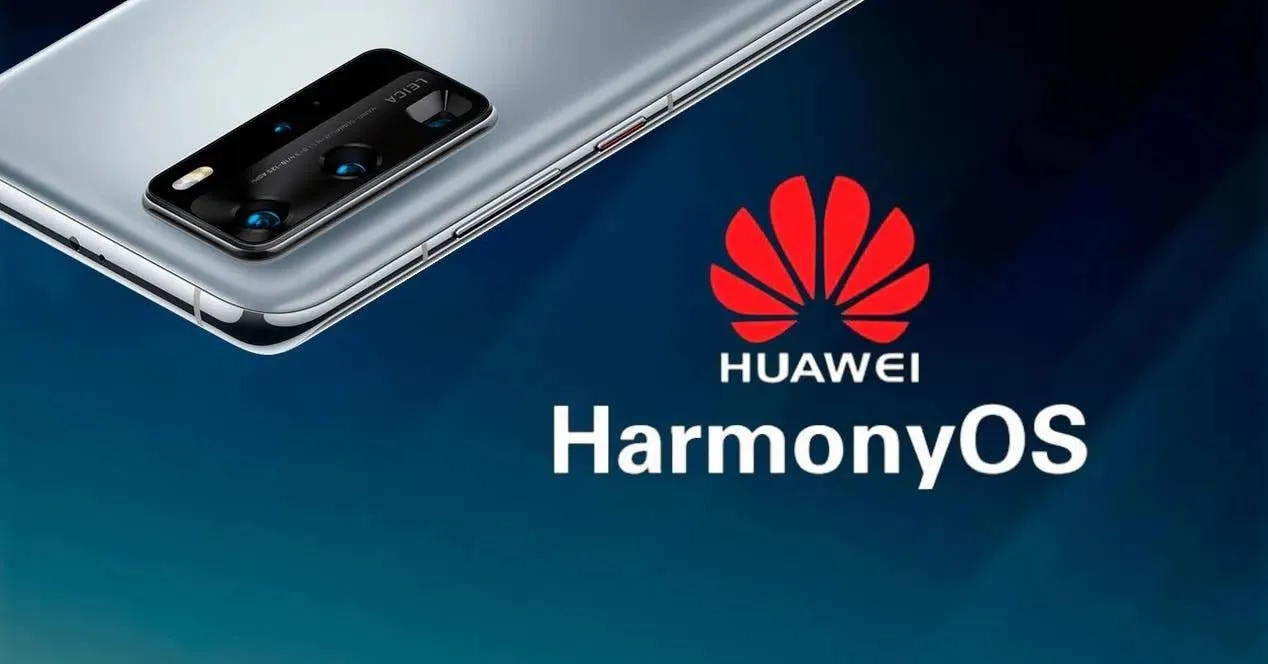In a bold move that redefines competitive dynamics in the smartphone industry, Huawei has recently launched the Mate 70, a flagship device that not only challenges industry titans like Apple and Android but also debuts HarmonyOS NEXT—a purely in-house developed operating system. With a starting price of 5,499 yuan ($760), the Mate 70 marks Huawei’s transition from an Android-dependent past to a self-sufficient future.
During the unveiling, Richard Yu, the chairman of Huawei’s consumer business, declared the Mate 70 as the pinnacle of the Mate series’ technological advancement. “This is our most powerful phone,” Yu stated at the launch event. “We have always been copied but never surpassed.” Such bold statements underscore Huawei’s commitment to innovation and self-reliance, especially significant in light of ongoing geopolitical tensions that have previously hampered its access to crucial technologies.

The Dawn of HarmonyOS Next
This launch represents more than just a new product; it’s a critical step in Huawei’s broader strategy to mitigate the risks associated with external dependencies. Lucas Zhong, a research analyst at Canalys, emphasized the importance of this shift, stating, “It will be essential for Huawei to maintain momentum in the premium segment, solidify consumer loyalty, and attract potential platform switchers.”
Previously, Huawei’s devices supported Android-based apps even after the introduction of its first HarmonyOS. This was largely due to the 2019 US trade restrictions that forced Huawei into an uncomfortable corner by blocking American tech and software sales to the company. In response, Huawei has intensified its focus on developing HarmonyOS as a robust alternative to the Western-dominated operating systems.
Building a New Ecosystem
Eric Xu, Huawei’s then-rotating chairman, outlined a visionary roadmap for HarmonyOS, aiming to transition tens of thousands of Android apps to the new platform. “Our HarmonyOS will be truly built and truly become the world’s third mobile operating system in addition to Apple’s iOS and Google’s Android,” Xu noted in a statement earlier this year. The company’s ambitious goal for the next year includes fostering the development of 100,000 applications specifically for HarmonyOS.

The strategic pivot to HarmonyOS also reflects Huawei’s understanding of the critical need for a supportive and flourishing app ecosystem. “If no one uses it, no matter how advanced the operating system is, it will have no value,” Xu remarked, highlighting the importance of user and developer engagement for the success of any platform.
Huawei’s Market Resurgence
Despite past challenges, Huawei has seen a remarkable resurgence in the high-end Chinese smartphone market. According to Canalys, Huawei’s market share for phones priced over $600 grew from 11% to 33% within a year—a direct contrast to Apple’s declining share from 72% to 52% in the same segment. Mengmeng Zhang, a senior analyst at Counterpoint Research, predicted that the Mate 70 series would achieve more than 10 million shipments over its lifetime, underscoring a strong consumer interest and market confidence in Huawei’s new direction.

The introduction of the Mate 70 and HarmonyOS NEXT symbolizes a significant transformation for Huawei. By breaking away from the Android ecosystem, Huawei not only showcases its technical prowess but also strategically positions itself as a resilient competitor in the global tech arena. As Huawei continues to build and expand its HarmonyOS ecosystem, the tech world watches closely, anticipating how this bold move will influence the competitive landscape of smartphone technologies.










